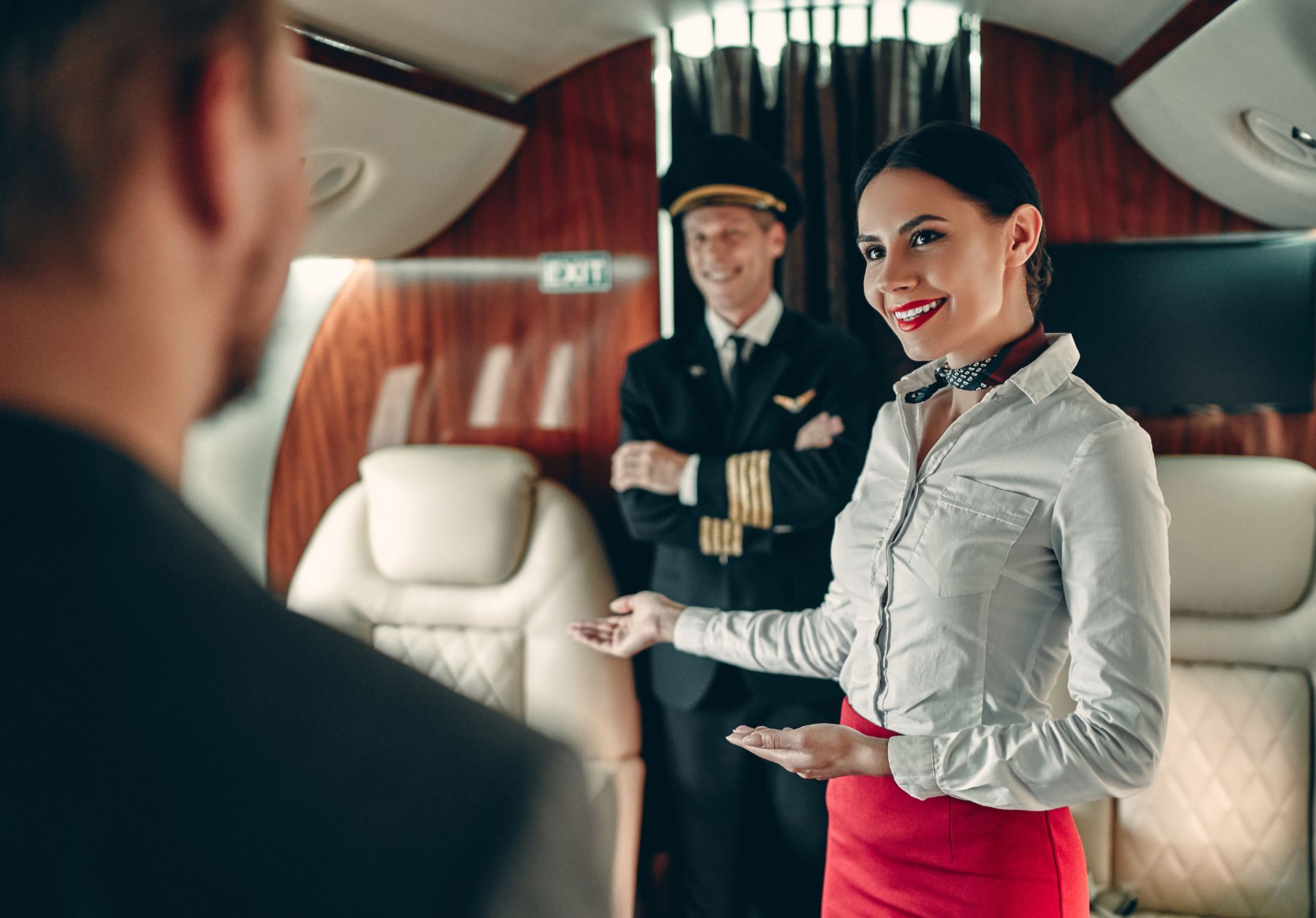Cost, convenience, and flexibility are among the considerations that must be evaluated when deciding whether one should fly on a private jet or book a seat on a commercial airline. Yet, safety remains one of the highest concerns for many travelers. While commercial airlines are generally accepted to have rigorous safety regulations and a commendable safety record, flying by private jet has some advantages that can increase the factor of safety and create that personal travel experience.
This article will explore the safety benefits of traveling on a private jet in terms of qualified pilots, aircraft handling technologies, operational flexibility, and personalized travel experiences.
Enhanced Pilot Interaction and Expertise

One of the most distinguishing features of private jet travel is the direct interaction passengers have with their flight crew. This close communication keeps passengers informed about flight conditions and the specifics of their journey. Private jet pilots typically have extensive experience, with many having commercial aviation or military flying backgrounds, bringing high professionalism and skill to each flight.
Furthermore, private pilots frequently fly the same aircraft, so they know their jets’ specific mechanics and nuances. This familiarity can improve safety by allowing pilots to better manage their aircraft under different conditions.
Cutting-Edge Aviation Technology
Private jets are typically newer than commercial airliners and equipped with the newest aviation technology. This includes advanced navigation systems, cutting-edge safety features, and high-quality communications equipment. Modern technology found in private jets can significantly improve operational safety by giving pilots the tools they need to manage flights more efficiently and respond to potential problems more quickly.
Operational Flexibility Improves Safety
The flexibility of private jet operations provides a significant safety advantage. Unlike commercial flights, which must adhere to rigid schedules and congested flight paths, private jets can change flight plans at any time, avoid turbulence, and select the best routes and altitudes for current weather conditions.
Private jets can access a broader range of airports, including smaller regional airports that commercial flights may not use. This capability enables private jets to land closer to their final destination while avoiding busier, potentially more hazardous airports. Landing and taking off from less congested airports lowers the likelihood of runway incursions and accidents.
Reduced Exposure to External Threats

Flying private means fewer interactions with crowds, which is especially beneficial from a security and health perspective. In the global pandemics age, avoiding crowded airport terminals and overcrowded planes is a significant safety benefit. Furthermore, security protocols for private jet passengers are frequently simpler but equally stringent, reducing exposure to potential threats and providing a safer environment for passengers.
Maintenance and Regulatory Compliance
Private jet operators must follow Part 91 of the FAA regulations, which, while differing from Part 121 for commercial airlines, still requires high standards of operation and maintenance. The smaller scale of private aviation operations enables more tailored maintenance and thorough oversight of each aircraft. Private jets frequently undergo more frequent maintenance checks than commercial planes, owing to their less intensive flying schedules and higher financial investment per aircraft.
While both private jets and commercial airlines provide high levels of safety, private jets have distinct advantages, such as operational flexibility, advanced technology, personalized pilot service, and enhanced privacy and security, which can result in a safer and more controlled travel environment. These factors make private jet travel appealing to those who value safety, luxury, and convenience. Whether for business or pleasure, private jet travel stands out as a remarkably safe way to fly, tailored to the needs and preferences of its passengers.

